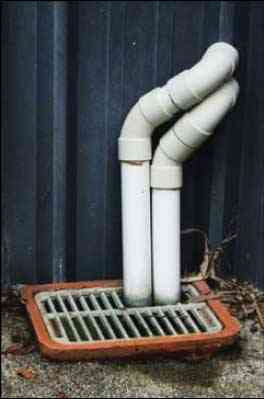The Gully Trap Project

A few weeks ago Council announced it would be inspecting all foul water drainage and gully traps on Council land in Whangarei’s central business/downtown area to address sewage pollution problems.
The aim is to ensure that gully traps are keeping sewage odour inside the sewers and are not letting rainwater into the system, which is a problem when gully traps are set lower in the ground than the water lies in wet weather, or through roof downpipes being directed into sewer gully traps.
In the past two weeks about 200 buildings have been inspected and about 10% of gully traps inspected need remedial work. Most of these, while on Council land, were to do with buildings Council does not own and Council will be working through remedies with building owners. Building owners have been helpful and supportive of the inspection programme. The inspections have shown that gully traps come in a wide range of shapes, sizes and conditions and that the fixes will have to be as wide and varied as the traps are themselves.
We have included here an explanation of what a gully trap is and the job an efficient gully trap does. You might want to check the gully traps around your home and see how they measure up.
What is a gully trap?
A gully trap is a fitting designed to let waste water into the sewer while preventing foul air escaping the sewer.
It works by creating a water lock in much the same way as the U bend in the average kitchen sink pipe does.
Gully traps are usually on the ground outside a house or building and have pipes going into them from the house and out of it (under ground) to the sewer.
How does rainwater get in?
Gully traps need to be higher than the level of the surrounding ground and sewer but lower than any of the openings of pipes (shower plug holes, toilets, baths, basins) inside a building, because liquids always flow to the lowest point.
Unfortunately, this means that sometimes gully traps are so low that surface water runs into them. This puts pressure on a system that is designed to carry sewage, not rainwater, and contributes to overflows in heavy rain.
